Tobias Foss' 68t chainring is big - but it's not a big deal
Just Google "gear ratios", says Ineos' Performance Engineer Dan Bigham
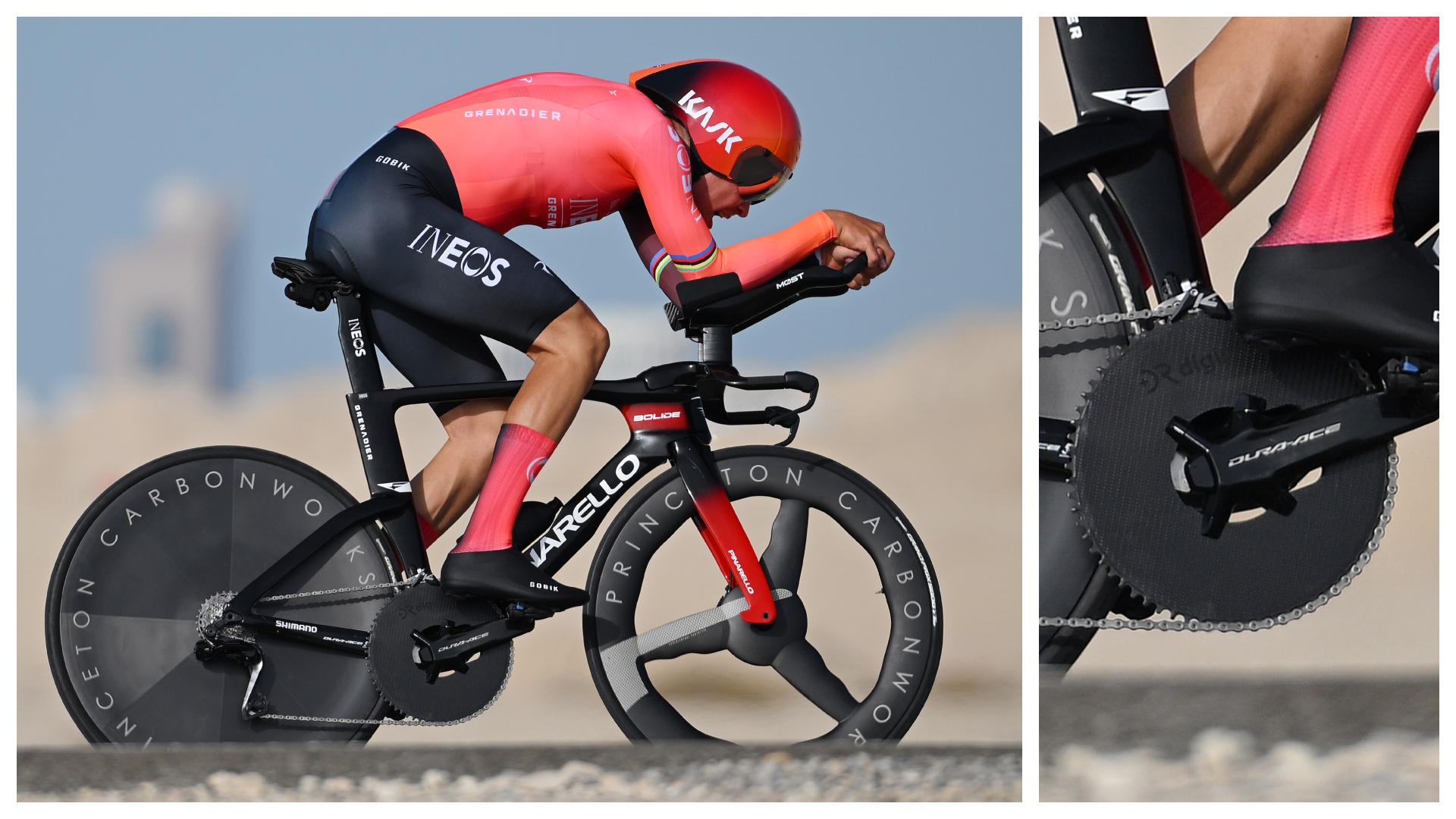
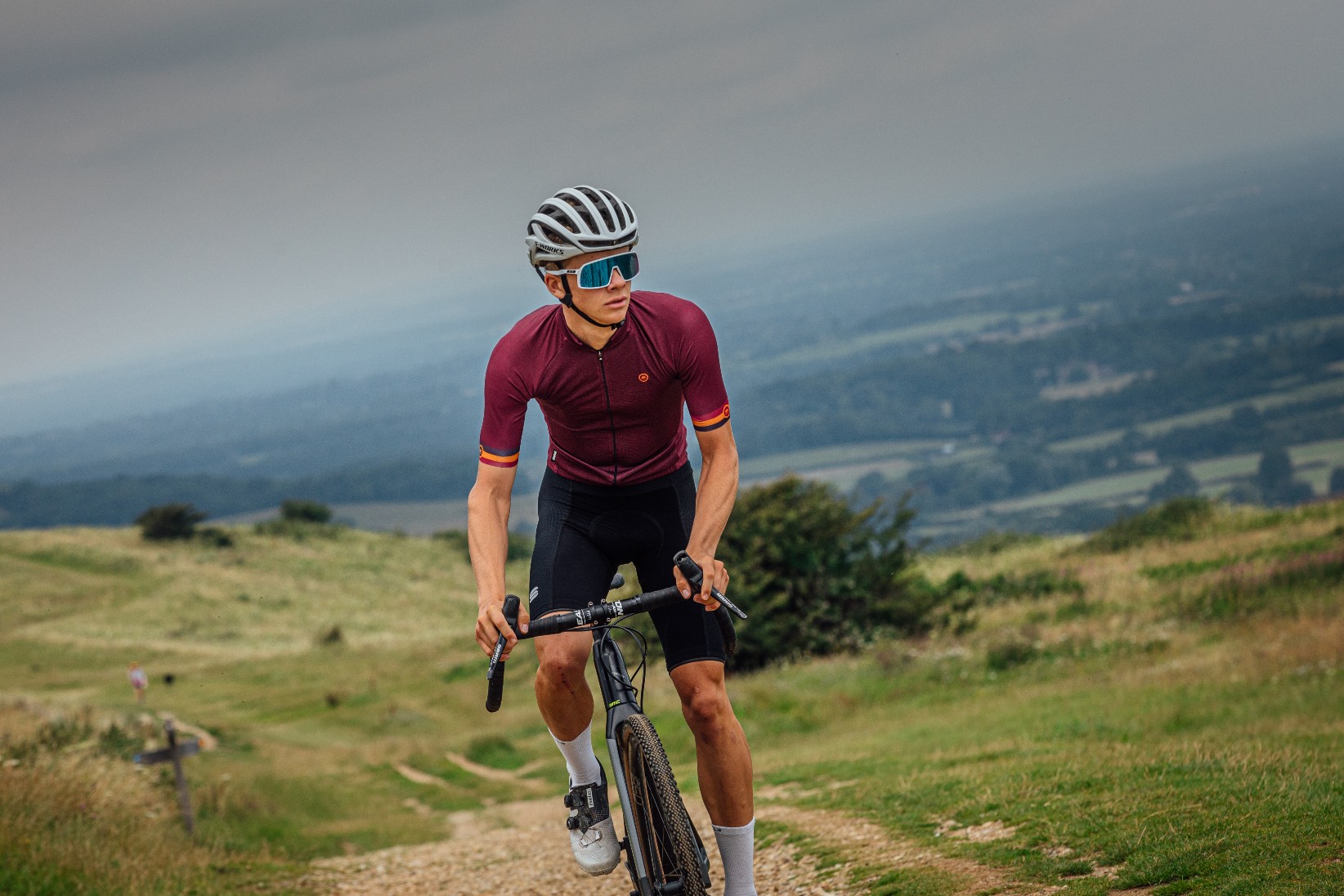
'Dinner plate' is a phrase that has been associated with time trialling for many years now. Of course, we are not talking about rider's pre-race meals, but instead the huge chainrings fitted to pro's bikes when they race against the clock.
Ten years ago, you'd be shocked to find a 58t chainring on the cranks of a WorldTour TT bike, but now, a 62t setup is commonplace. That said, when Tobias Foss rolled off of the start ramp at stage 2 of the UAE Tour, cycling fans collectively raised eyebrows at his mammoth 68t gear.
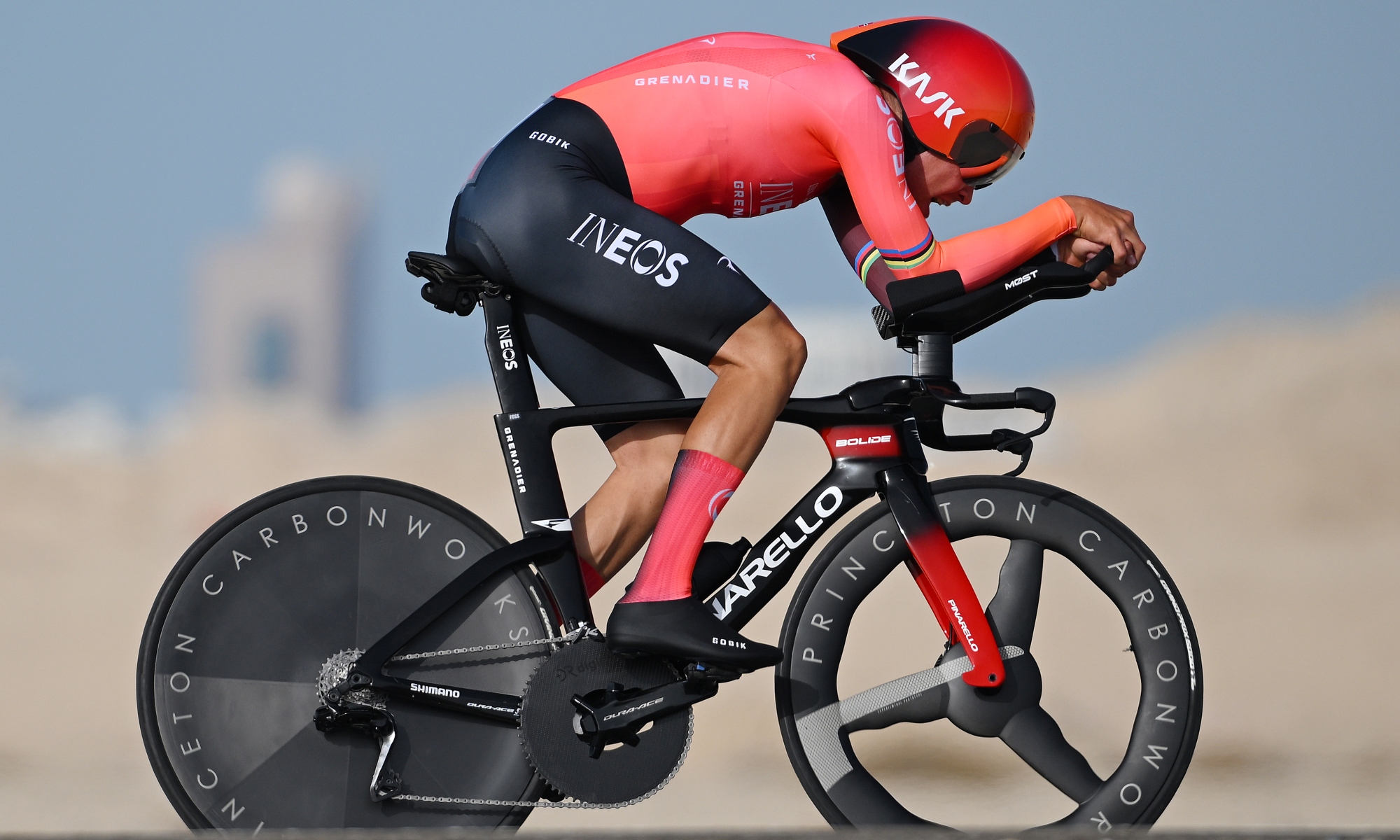
You may be wondering how anyone could push such a huge gear, but as we reveal, the setup is actually just common sense.
Performance Engineer for Foss' Ineos Grenadiers team, Dan Bigham, as ever took a pragmatic approach - encouraging anyone questioning the equipment choice to "Google gear ratios".
For all the commenters saying they couldn’t turn that chainring, please Google “gear ratios” 😅 https://t.co/jAC12uneHR pic.twitter.com/19vBFkgpxyFebruary 19, 2024
To shed some light on the mammoth chainring, used bikecalc.com's online software to compare a 54t chainring, common on the road, to Foss' 68t setup. Sure enough, a 54x11 is actually a slightly bigger gear than a 68x14, and both propel the riders around 56kph at a cadence of 90rpm.
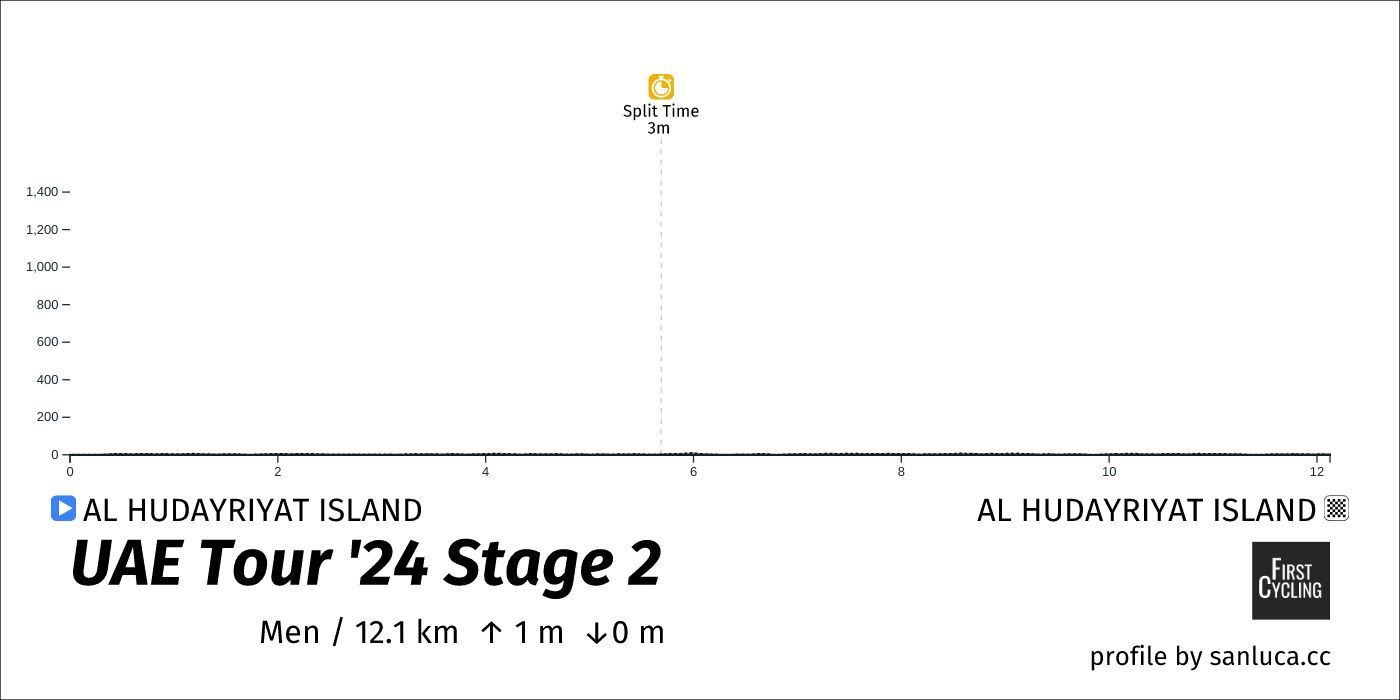
Fittingly, the Ineos Grenadier, who finished 14 seconds behind Brandon McNulty, completed the 12.7km time trial in 13:41 seconds, which makes for an average speed of 55.6kph.
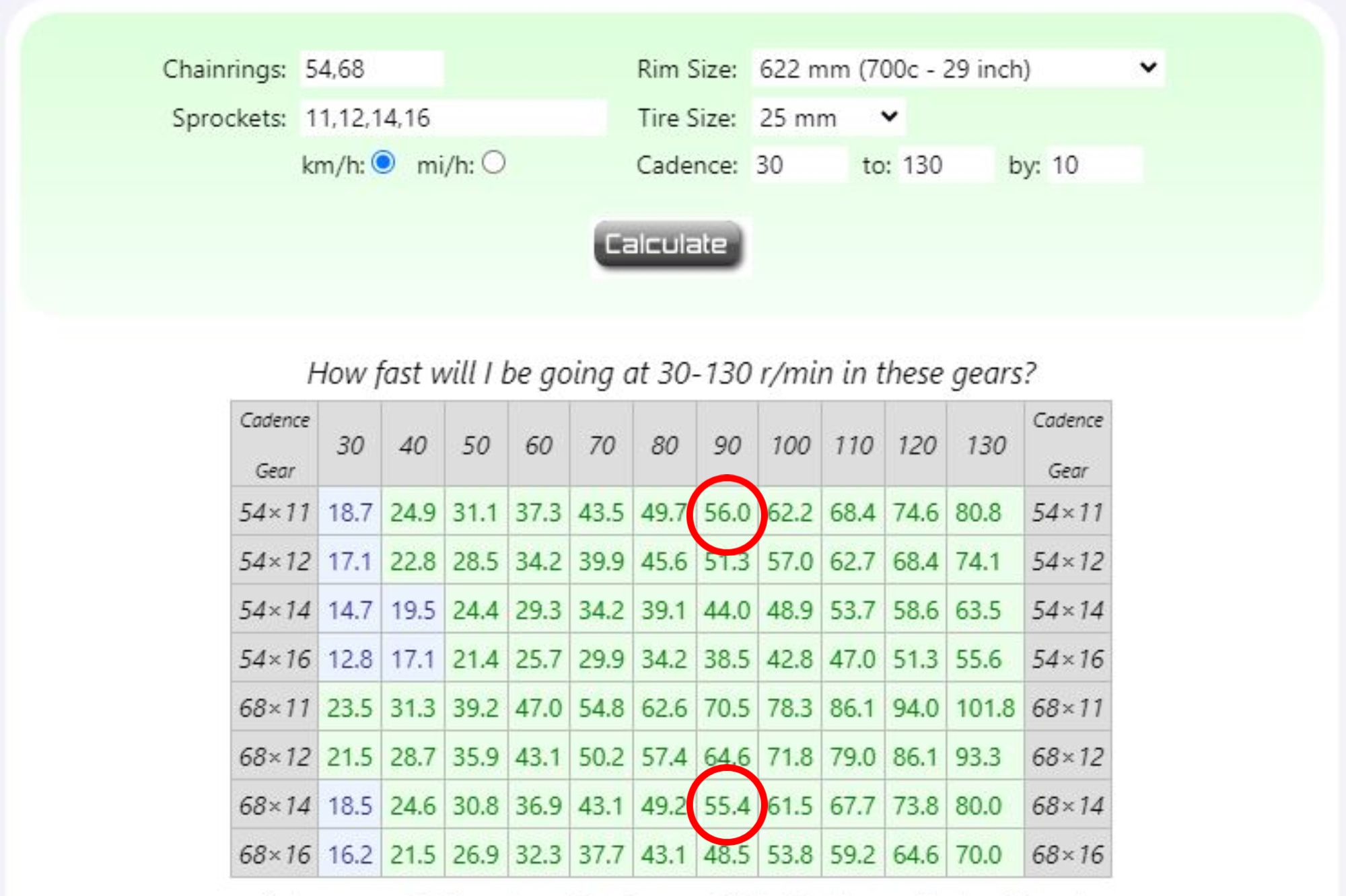
Data collected from bikecalc.com
It seems likely, then, that the choice of gearing is about drivetrain efficiency over a desire to pound a big gear. The large chainring up front would allow Foss to spend the majority of the time in the middle of the cassette, meaning he could achieve a straighter chainline.
Using a larger chainring, and therefore cassette sprocket, means the chain doesn't have to turn around such a tight radius, which can also have a negative impact on efficiency.
To put a number on this saving over a 54x11 setup is tricky given the selection of different components at play here, but we are likely looking at a 1% saving as a conservative estimate. Using a once again conservative power of 420 watts, that still amounts to 4.2 watts saved, which at 56kph, is a serious saving.

Thank you for reading 20 articles this month* Join now for unlimited access
Enjoy your first month for just £1 / $1 / €1
*Read 5 free articles per month without a subscription

Join now for unlimited access
Try first month for just £1 / $1 / €1
Get The Leadout Newsletter
The latest race content, interviews, features, reviews and expert buying guides, direct to your inbox!

Joe is Cycling Weekly's tech writer. He's always had a love for bikes, since first riding a two wheeled steed before the age of four. Years down the line, Joe began racing at 16, and enjoyed great experiences internationally, racing in Italy, Spain and Belgium to name a few locations. Always interested in tech, Joe even piloted his Frankenstein hill climb bike to a Junior National Title in 2018. After taking a step back from elite level racing in April 2022, Joe joined our team as a freelancer, before becoming Tech Writer in May 2023.
-
 How do the pros train? Noemi Rüegg's 26 hour training week
How do the pros train? Noemi Rüegg's 26 hour training weekWinner of this year’s Tour Down Under, the EF Education-Oatly rider is a climber whose talent is taking her to the top
By Chris Marshall-Bell
-
 Save £42 on the same tyres that Mathieu Van de Poel won Paris-Roubaix on, this Easter weekend
Save £42 on the same tyres that Mathieu Van de Poel won Paris-Roubaix on, this Easter weekendDeals Its rare that Pirelli P-Zero Race TLR RS can be found on sale, and certainly not with a whopping 25% discount, grab a pair this weekend before they go...
By Matt Ischt-Barnard